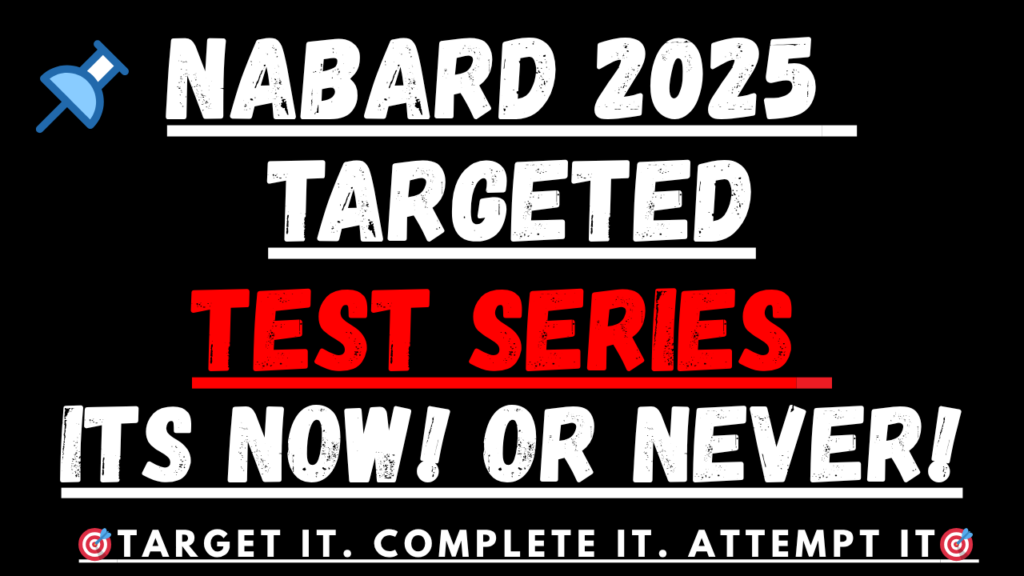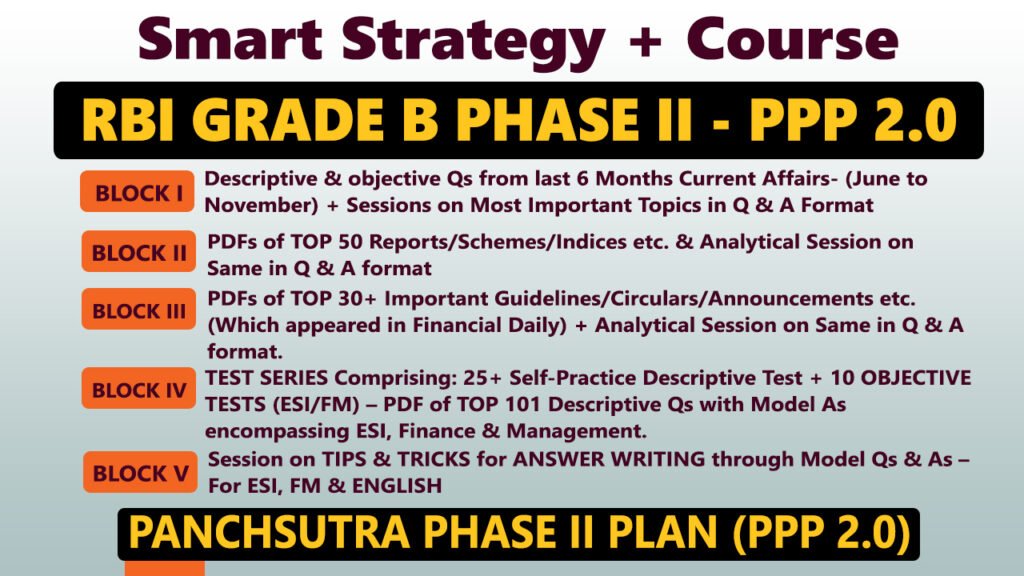Got Questions? We’ve Got Answers!
📚 Whether it’s about exams, career advice, or daily doubts, don’t hesitate—ask away!
💡 Daily Current Affairs Quiz | Daily Quiz for UPSC
💡 Your Learning Partner Is Just a Click Away!
👉 Click here to Ask Your Question Now and get clear, reliable answers from experts.
Daily Current Affairs
13 April, 2025
1. Which article of the Indian Constitution outlines the Governor’s options when presented with a bill passed by the State Legislature?
- A) Article 100
- B) Article 110
- C) Article 200
- D) Article 370
- E) Article 356
Answer: C) Article 200
Explanation: Article 200 of the Indian Constitution specifies the Governor’s powers regarding bills passed by the State Legislature. The Governor can grant assent, withhold assent, return the bill for reconsideration, or reserve it for the President’s consideration.
2. What is the name of the civilian aircraft developed by India’s National Aerospace Laboratories (NAL) to enhance regional connectivity?
- A) Tejas Mk2
- B) Saras Mk2
- C) Dhruv Mk2
- D) Garuda Mk2
- E) Hansa Mk2
Answer: B) Saras Mk2
Explanation: The Saras Mk2 is a 19-seater civilian aircraft developed by NAL under the Council of Scientific and Industrial Research (CSIR) to boost regional air connectivity in India.
3. A recent study on spatial rainfall trends across India from 2011 to 2020 indicated a shift in rainfall timing. What is the primary implication of this shift?
- A) Increased agricultural productivity
- B) Enhanced water conservation
- C) Disruption in cropping patterns
- D) Improved monsoon predictability
- E) Reduction in flood occurrences
Answer: C) Disruption in cropping patterns
Explanation: The shift in rainfall timing affects the agricultural calendar, leading to potential disruptions in cropping patterns and impacting food security.
4. The International Diabetes Federation (IDF) officially recognized which type of diabetes at the World Diabetes Congress 2025?
- A) Type 3
- B) Type 4
- C) Type 5
- D) Type 6
- E) Type 7
Answer: C) Type 5
Explanation: Type 5 Diabetes, associated with malnutrition and first reported in Jamaica in 1955, was officially recognized by the IDF in 2025 to address its global impact.
5. Which Indian institute developed a novel rt-LAMP assay for early tuberculosis diagnosis?
- A) AIIMS Delhi
- B) ICMR
- C) SCTIMST
- D) NIMHANS
- E) PGIMER
Answer: C) SCTIMST
Explanation: The Sree Chitra Tirunal Institute for Medical Sciences and Technology (SCTIMST) developed the rt-LAMP assay, offering a rapid and cost-effective method for early TB diagnosis.
6. The Genome India Project aims to collect genetic samples from diverse populations. What is a significant focus of this project?
- A) Urban populations
- B) Migrant workers
- C) Endogamous groups
- D) International communities
- E) Athletes
Answer: C) Endogamous groups
Explanation: The project emphasizes collecting samples from endogamous groups to understand genetic diversity and its implications for disease susceptibility and personalized medicine.
7. Following the RBI’s repo rate cut to 6%, which bank reduced its Repo-Based Lending Rate (RBLR) to 8.85%?
- A) State Bank of India
- B) Bank of India
- C) Punjab National Bank
- D) Indian Bank
- E) UCO Bank
Answer: B) Bank of India
Explanation: After the RBI’s decision to cut the repo rate, Bank of India reduced its RBLR from 9.10% to 8.85% to pass on the benefits to borrowers.
8. What was the primary reason for the recent UPI outage affecting digital transactions in India?
- A) Cyberattack
- B) Server maintenance
- C) Concentration risk in the ecosystem
- D) Software update failure
- E) Power outage
Answer: C) Concentration risk in the ecosystem
Explanation: The UPI outage was attributed to concentration risk, where reliance on a few key players led to systemic vulnerabilities affecting the entire digital payment infrastructure.
9. Which bank recently withdrew its special fixed deposit scheme and reduced interest rates?
- A) HDFC Bank
- B) ICICI Bank
- C) Bank of India
- D) Axis Bank
- E) Kotak Mahindra Bank
Answer: C) Bank of India
Explanation: Bank of India withdrew its special fixed deposit scheme and reduced interest rates in response to the RBI’s monetary policy changes.
10. Which organization is responsible for overseeing the Unified Payments Interface (UPI) in India?
- A) Reserve Bank of India (RBI)
- B) State Bank of India (SBI)
- C) National Payments Corporation of India (NPCI)
- D) Securities and Exchange Board of India (SEBI)
- E) Ministry of Finance
Answer: C) National Payments Corporation of India (NPCI)
Explanation: The Unified Payments Interface (UPI) is managed and operated by the National Payments Corporation of India (NPCI), which was established by the Reserve Bank of India and the Indian Banks’ Association (IBA). NPCI is a non-profit organization tasked with facilitating retail payments and settlement systems in India.



















